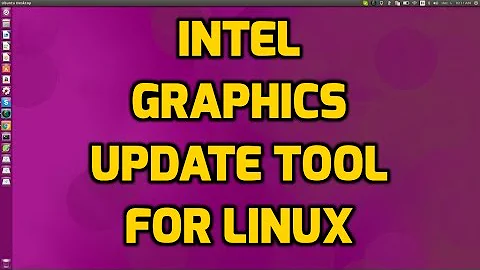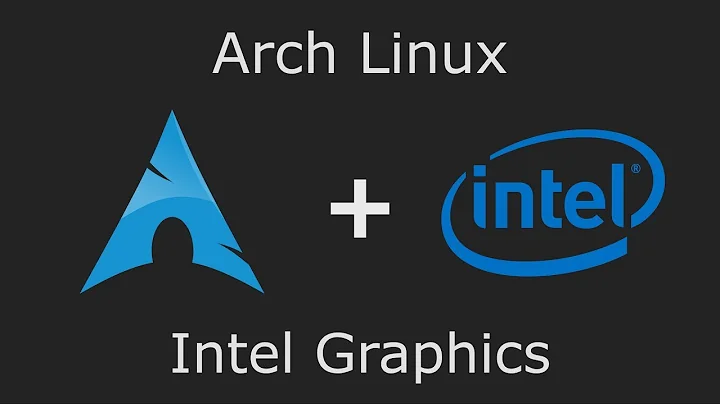Linux driver for Intel ICH10R
Solution 1
Using cheap hardware raid under Linux is a bad idea. Linux software raid (md) is faster, more reliable, and has the bonus that you can switch motherboards and not lose all your data. Just use the software raid setup in the OS install, both CentOS and Ubuntu have GUIs for creating the RAID at OS install time.
Solution 2
Fakeraid is an absolute thumbs down. 2012 and Intel server boards with ICH10R still mark 3TB HDDs as 750GB, write the RAID metadata in the middle of the disks and Linux looks at the end and cannot find a RAID set.
Surprising to some, even hardware RAID is on the way out. When you had a 500MHz P3 laboring under your workload, offloading RAID1 to a 400MHz IOP made sense. Now with multicore hyperthreaded 2.5GHz CPUs having 16GB of DDR3 RAM, and IOPs in high end RAID cards still stuck at ~800MHz with 256--512MB cache, you are much better off using md software RAID. Many hardware RAID cards also hide some or all of SMART information from the OS. This is a bad thing.
Software (md) RAID lets you move disks freely in case of failure without scrambling for the same or compatible RAID card. You can monitor SMART status. You do not depend on proprietary, poorly-maintained software by LSI or nVidia or Intel or HP. (hpacucli is a joke as Linux kernels evolve.) You get emails on any disk failure. What else do you want? Stick a mdadm cheat-sheet above your desk and be done with it.
Dual boot (for games only) --- don't. Buy more hardware. Dual boot (for MSOffice) --- use VirtualBox.
Solution 3
Software RAID on Linux (based on md) is documented sufficiently; moreover, a good linux system admin, even under pressure, knows and can recall the commands by heart. dmraid or fakeraid is however something I wouldn't trust with any precious data, I'd go with md if I couldn't get the company to pay for a real raid card.
However, the ideal is a pure 100% hardware raid solution, not the cheap onboard fakeraid chipsets: no point in loosing precious CPU cycles on disk i/o when you spent so much on a server to do something in production.
Solution 4
It seems you don't actually need a driver for this type of RAID, it is supported natively by mdadm:
https://www.intel.com.au/content/dam/www/public/us/en/documents/white-papers/rst-linux-paper.pdf
I tried it (via Linux Mint 20 Cinnamon live USB)... it works! Haven't tried it as a boot device though, not sure whether there are caveats there...
Solution 5
Software RAID on Linux lacks proper documentation, simple tools (a sysadmin under pressure needs to rely on simplicity) and clear guidelines on how to recover a failed RAID5 set.
I wouldn't use software RAID5 in a production environment...
Related videos on Youtube
maths
Programmer from Paraguay, South America. Love C/C++/C#, Scheme and Java.
Updated on September 17, 2022Comments
-
maths almost 2 years
I would like to know what 64-bit Linux distribution can I use with an Intel ICH10R RAID. I have tried CentOS 5.2 and Ubuntu Server 8.04. Neither support that raid controller.
Also, I would like to know where do I setup the RAID-5 I want to use. I am using a TYAN S7002 motherboard and the BIOS software does not include an option to configure the RAID as I am used to do with Dell servers...
Thanks a lot in advance.
-
ptman about 14 yearsWhat's wrong with mdadm? Or are eyou talking about fakeraid?
-
 Michael Hampton over 3 yearsmdraid supports fakeraid today, but it didn't 11 years ago when the question was originally posted.
Michael Hampton over 3 yearsmdraid supports fakeraid today, but it didn't 11 years ago when the question was originally posted.




